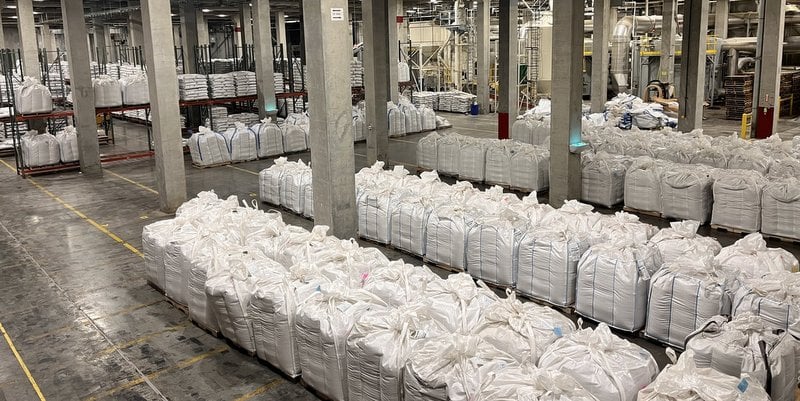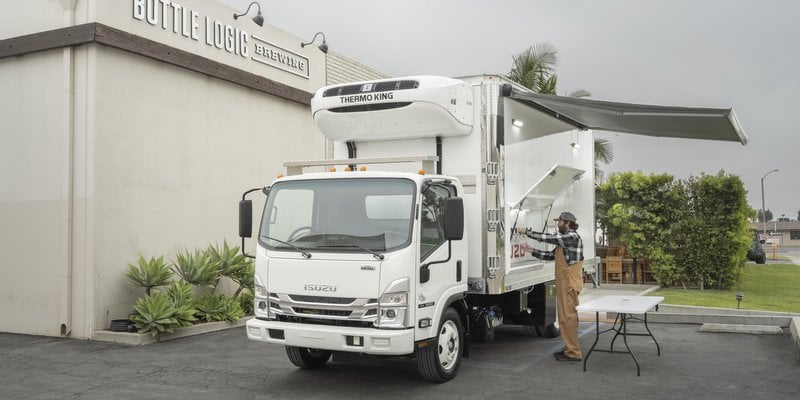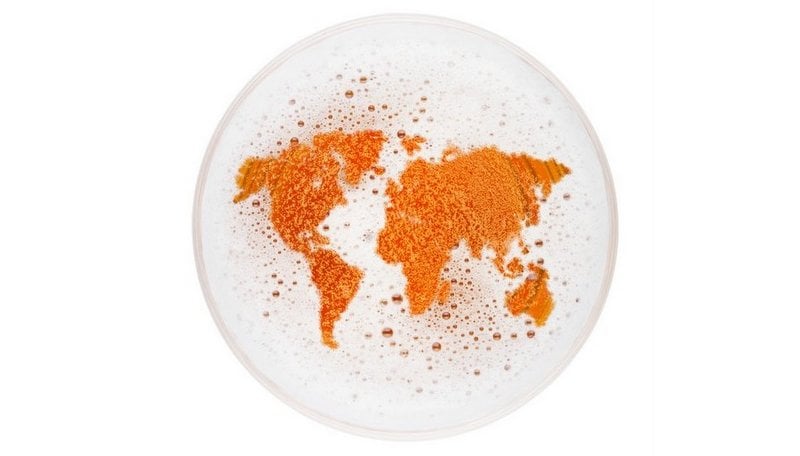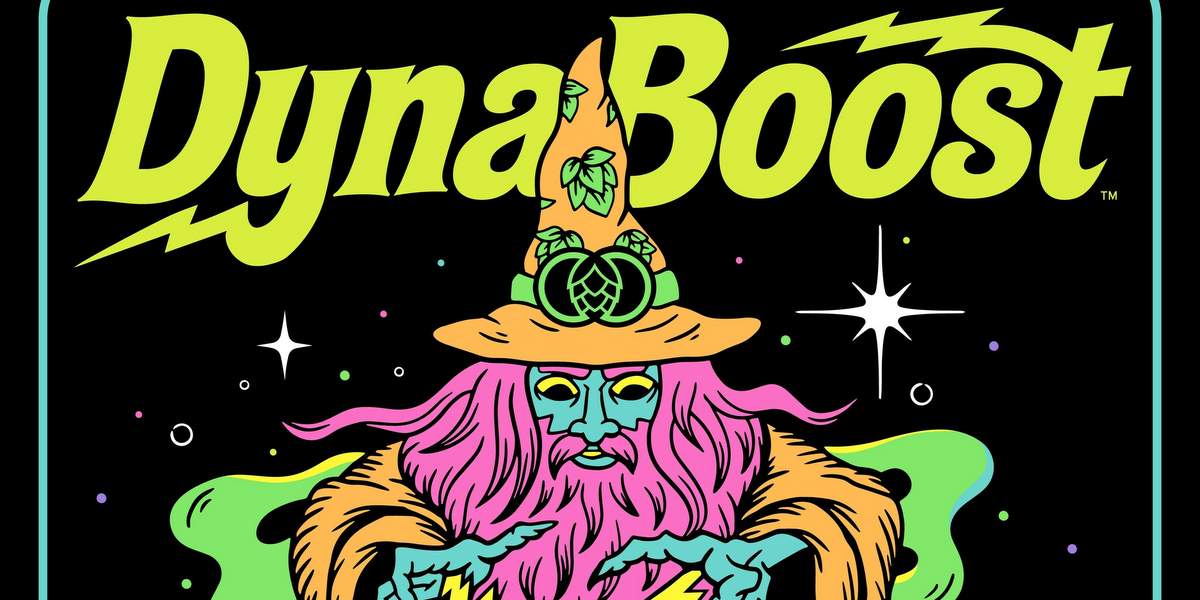
The JFOODO (the Japan Food Product Overseas Promotion Center) was established by the Japanese government in 2017 as part of the Japan External Trade Organization. The JFOODO devotes its resources to the branding of Japanese agricultural, forestry, fishery and food products. It’s now ready to brand Japanese craft beer in America.
This fall JFOODO and 22 Japanese craft brewers will help launch their first marketing and visibility campaign in the United States. With Drink in a New Language, the industry association of 22 producers invites Americans to discover the authenticity, richness and unique flavor profile of Japanese craft beer. With a focus on the West Coast, the campaign kicked off with a Japanese beer garden party in late September.
Born in 1994 following industry deregulation that allowed smaller beer makers to acquire brewing licenses, the Japanese craft beer movement has its roots firmly planted in traditional sake making. While German-Bohemian beer styles (alt, kölsh, pilsner) ruled at first in the 1990s and early 2000s, the industry has since widened its product portfolio to include seasonal pale ales, stouts and IPAs, among others, that today will delight both beer amateurs and connoisseurs alike. To be considered craft brewers, Japanese breweries need to produce a minimum of 60,000 liters of beer a year.
 A JFOODO 2018 comparative study among 447 craft beer consumers in New York, San Francisco and Los Angeles unveiled that 80 percent of respondents would want to try Japanese craft beer.
A JFOODO 2018 comparative study among 447 craft beer consumers in New York, San Francisco and Los Angeles unveiled that 80 percent of respondents would want to try Japanese craft beer.
“Japanese craft beer boasts unique attributes that are sure to appeal to American consumers,” said Hiroki Oizumi, director general with the JFOODO. “Beer lovers will discover quality brews of great character that are hand crafted with extreme attention to detail and unique ingredients from all corners of Japan such as yuzu, sansho [Japanese pepper’ or matcha.”
“Our craft beer is authentically Japanese,” added Toshiyuki Kiuchi, vice president of Kiuchi Brewery, known for its Hitachino Nest Beer. “While our beer is inspired by Western traditions, many differentiating factors contribute to making our products unique, including the impact of 190-year-old sake brewing traditions, local ingredients and a dedication to craftsmanship that can only come from Japan.”





Leave a Reply
You must be logged in to post a comment.